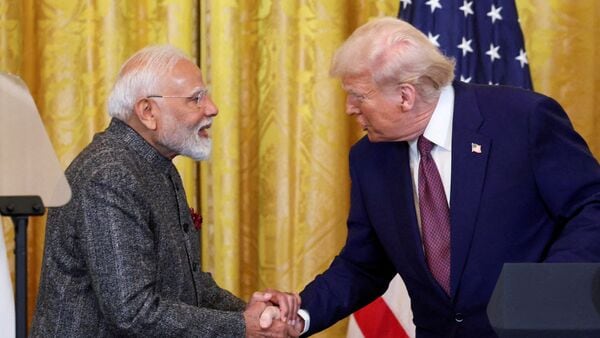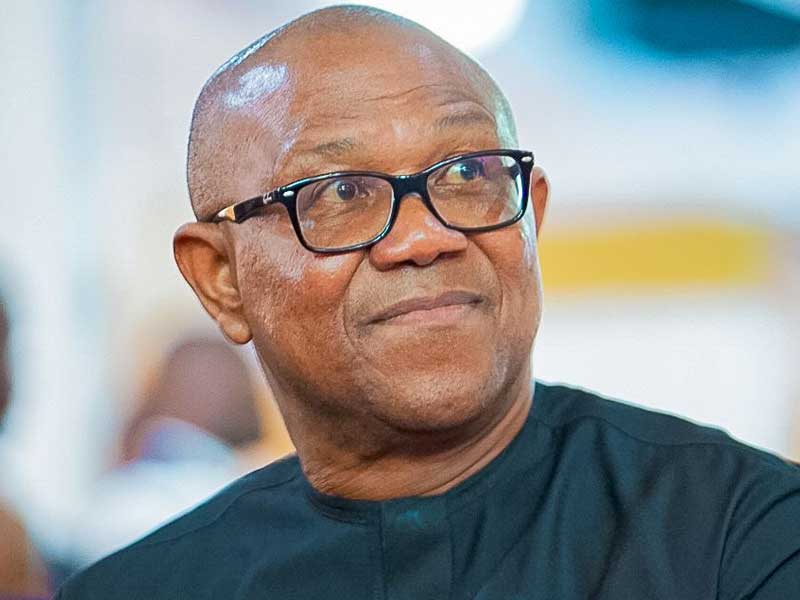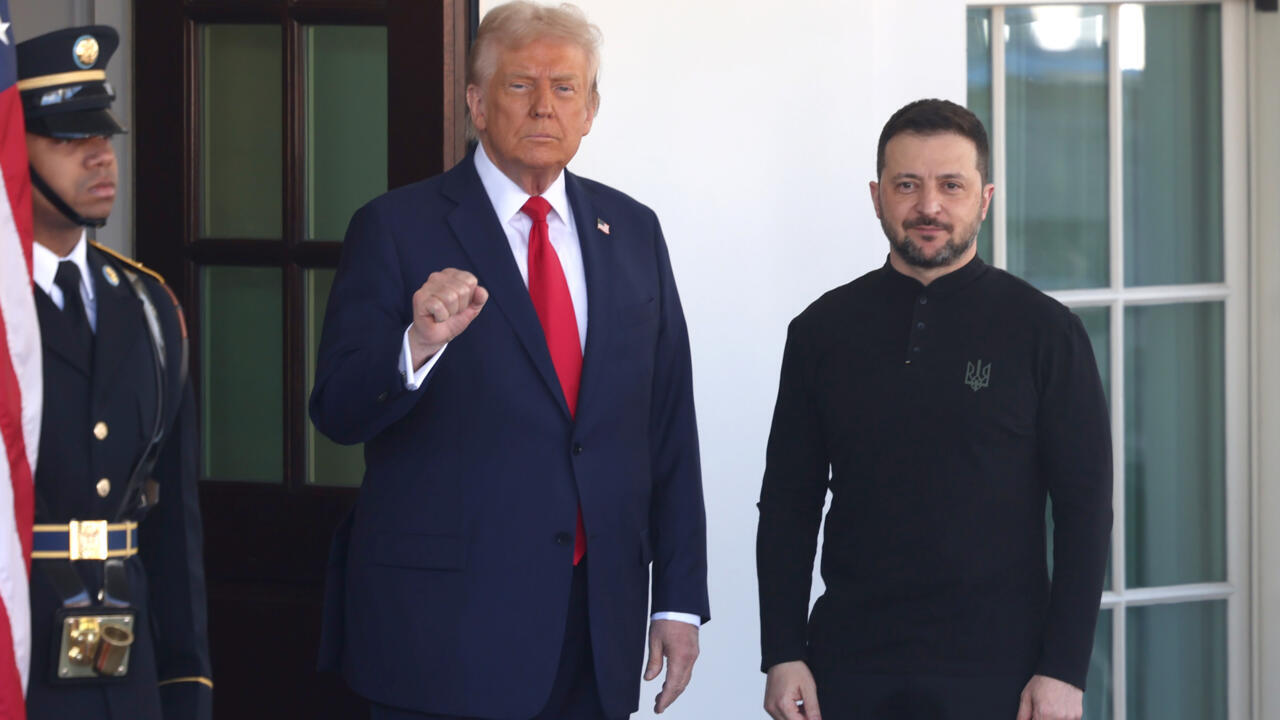The United States has canceled scheduled trade talks with India that were set to take place in New Delhi from August 25-29, 2025. This decision comes in the wake of escalating tensions over a proposed bilateral trade agreement and the imposition of new U.S. tariffs on Indian goods.
The cancellation of the trade talks is directly linked to the U.S. administration’s decision to impose an additional 25% tariff on Indian imports, effective August 27. This move raises the total tariff on Indian goods to 50%, among the highest imposed on any trading partner.
The U.S. administration cited India’s continued importation of Russian oil as the primary reason for the heightened tariffs, accusing India of undermining Western sanctions. The initial 25% tariff had already taken effect on August 7, with the additional levy set to apply to all Indian goods entering U.S. ports, with certain exceptions.
In response to the escalating trade tensions, Indian Prime Minister Narendra Modi addressed the nation on August 15, emphasizing a renewed push toward self-reliance in manufacturing sectors such as fertilizers, jet engines, and electric vehicle batteries. This initiative aims to mitigate the economic impact of the U.S. tariffs, which are expected to significantly affect key Indian export sectors, including textiles, footwear, gems, and jewelry.
Modi also vowed to protect the interests of Indian farmers, fishermen, and livestock rearers, asserting that their welfare would not be compromised despite the economic challenges posed by the tariffs.
The trade dispute has also led to a deterioration in the personal relationship between President Donald Trump and Prime Minister Modi.
Reports suggest that Trump’s frustration over not receiving credit for a ceasefire between India and Pakistan has contributed to punitive actions against India, further straining diplomatic ties. Analysts warn that this fallout could unsettle mutual trust, complicate defense ties, and undermine joint regional initiatives, including the Quadrilateral Security Dialogue.
Economically, the tariffs threaten to halve Indian exports to the U.S., potentially impacting the country’s GDP growth, weakening the rupee, and causing inflation and capital flight.
The Indian government is exploring alternative markets and strategies to mitigate the adverse effects of the tariffs. However, the situation remains fluid, and both nations continue to engage in diplomatic efforts to resolve the ongoing trade disputes.












Leave a comment